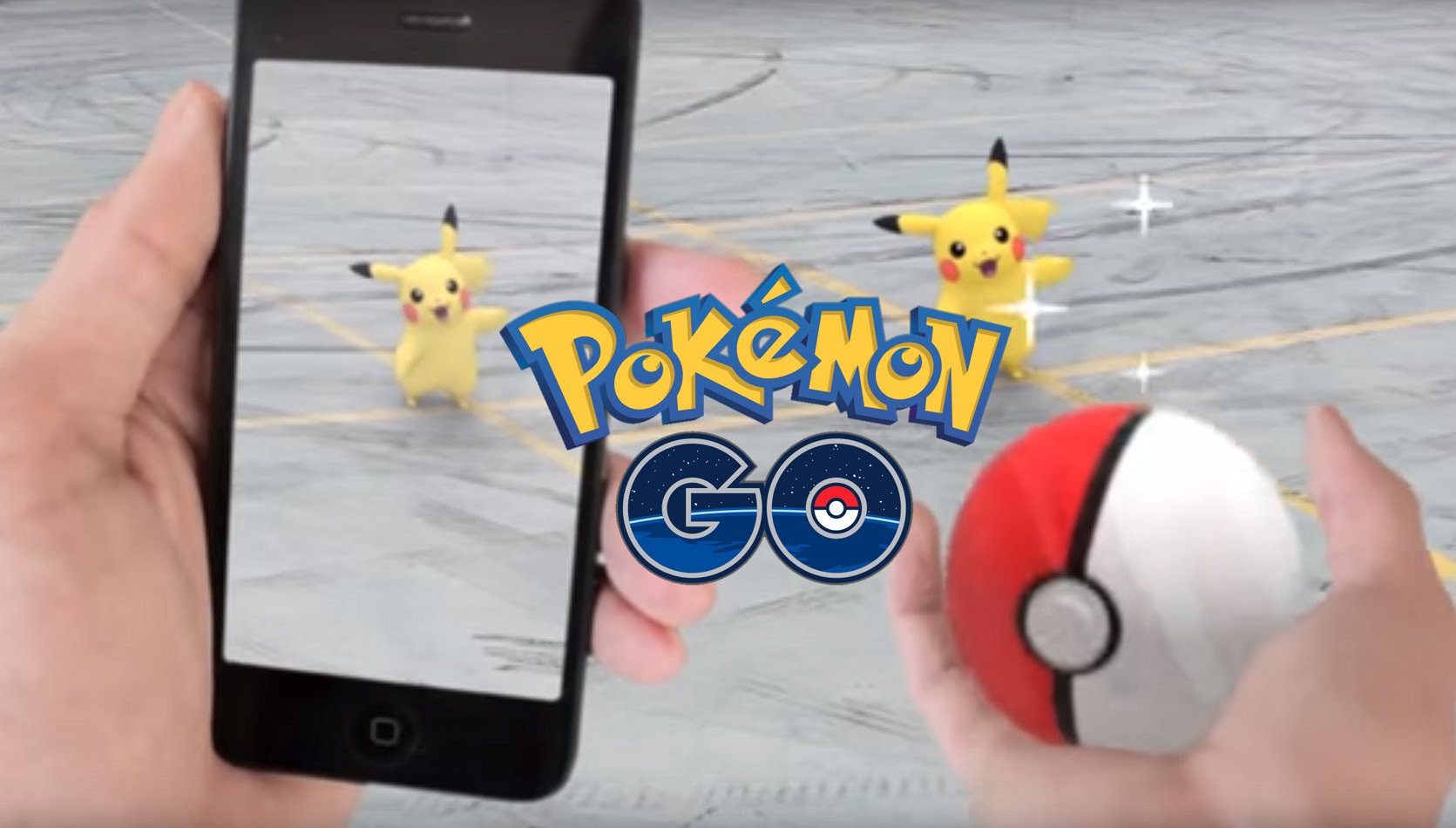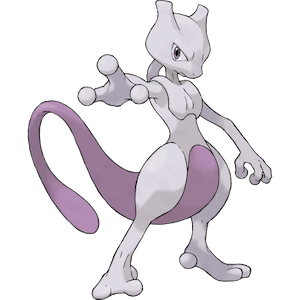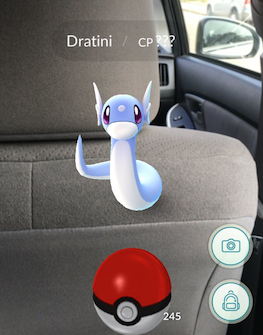On Pokemon GO’s Sudden Rise

You’ve probably heard by now about Pokemon GO, the newly popular Android/iOS app that released only 3 days ago.
What’s interesting to me about this particular game (aside from the fact that I do love the Pokemon franchise) is that the developer’s previous title, Ingress, failed to cause a similar stir. And that’s interesting because it’s essentially built on the same technology: A progressive, multiplayer-ish game layered on top of the real world. So why did Pokemon catch fire? I don’t know, but I’m pretty sure it has to do something with Brand, Platform and Availability.
Niantic, when it was still an autonomous unit at Google, Ingress launched on Android back in 2012 and on iOS in late 2014, but has never managed achieve popularity outside of a few million dedicated gamers. Meanwhile, PGO has skyrocketed to the #1 app in the US, New Zealand and Australia since launch 3 days ago.
All that despite the fact that PGO is buggy as hell, its execution is mediocre at best, and it’s incredibly too hard to sign up (seriously, Google auth* when there’s a perfectly good two-tap Facebook login button?). PGO is highly addictive.
The Pokemon brand, backed in majority by Nintendo, instantly creates a vernacular that many of us understand, from “gotta catch ’em all” to sympathizing when you told you uber to stop in the middle of the street because you thought you saw a MewTwo in the road.

The platform, the real world, instantly creates a sense of community where you can talk about where you found that Starmie or where you think all of the Pichu’s are hiding. Pokemon is a very mature franchise. In fact, when I was 17 (17 years ago), I served as a sanctioned tournament judge for the wildly popular Pokemon collectable card game at my local comic shop. And the Pokemon cast hasn’t changed much since then!
That, paired with basic RPG-like elements like leveling and collecting, create a strong incentive to venture out and collect more and rarer Pokemon than your Twitter followers.

And finally, Niantic did something that they failed to do with Ingress, they launched simultaneously on Android and iOS. Now, I’m not one to rag on Android (yes, I am), but I can’t remember the last time an Android-only app came out in the US that was so popular it had iPhone owners trading in their 6S for 6P. In fact, Niantic even ran a pretty successful viral marketing campaign back that garnered a lot of attention at San Diego Comic Con back in 2012 — but still not enough.
The Future of PGO
So how long will this craze last? Hard to say, but I don’t believe Pokemon GO has this sort of staying power beyond a few months. And I fully expect it to drop out of the top 150 apps on iOS within the next 8–12 weeks. I don’t mind being proven wrong because it’s just a gut feeling.
I do, however, expect that Pokemon GO will kick off a wave of “light AR” games for our mobile devices that we’ll start to really see ~4–6 months from now. The marketing and revenue sharing opportunities for this type of business are vast (think PGO + Foursquare), so the idea is worth further exploration. And that’s really exciting to me, assuming we survive this one.
Follow me on Twitter: @davidbyttow
*Update: Evidently, using Google Auth was incidentally a big mistake as security risks were identified.
